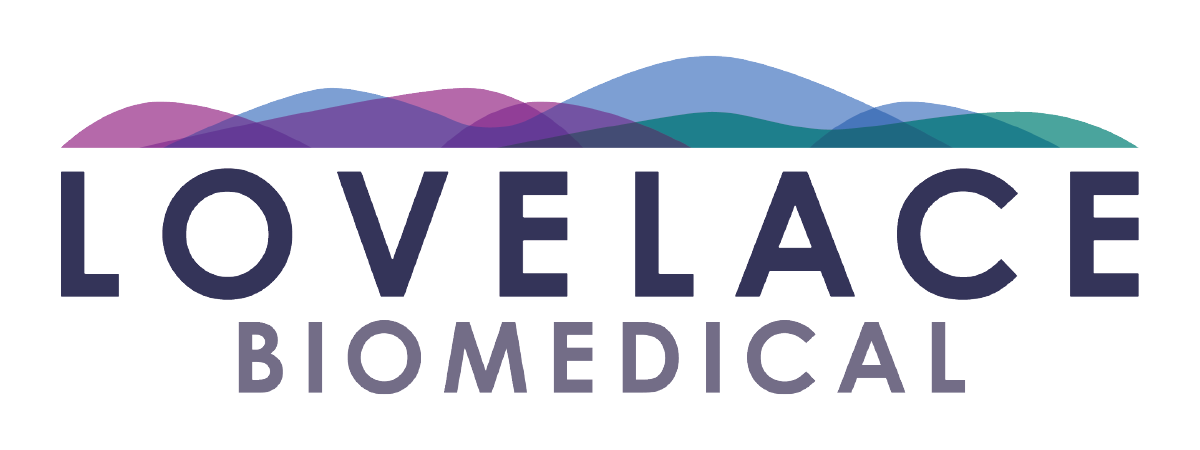The race is on for better therapies to treat pulmonary fibrosis, a chronic lung disease characterized by irreversible scarring of lung tissue. Though the condition is classified as a rare disease, its impact on patients is profound: nearly as many Americans die each year from the most common form of the disease, idiopathic pulmonary fibrosis (IPF), as from breast cancer.
Treatment of IPF has historically been limited to symptom management or lung transplantation. In 2014, two drugs that slow the progression of IPF were approved by the U.S. Food and Drug Administration, marking a significant milestone for patients in need. Nevertheless, there is still no cure, and the disease is often fatal within three to five years of diagnosis.
The pharmaceutical and biotechnology industries have recognized the major unmet medical need of IPF. In recent years, we’ve seen a sizable uptick in investment and research in the space – with many Biopharma companies working towards a cure for these patients. Preclinical evaluation of experimental therapies remains a vital component of IPF development programs. As drug developers strive to obtain proof-of-biological effect and safety, the decisions that are made are only as powerful as the preclinical models used. Thus, their success depends on the in-depth knowledge of their contract research partner.
Scientists at Lovelace Biomedical are deeply familiar with the nuances and shortcomings of the industry standard bleomycin-induced rodent models as well as other alternatives such as radiation-induced or silica-induced models for pulmonary fibrosis. Years of experience with these models and a detailed understanding of the underlying mechanisms at play have enabled our team to provide expert guidance to accelerate preclinical development. Results from preclinical efficacy models can easily be transitioned into early stage PK, toxicology and ultimately IND-enabling studies — all while working with the same team in the same location — allows industry sponsors to advance drug candidates to the clinic with efficiency and care.
As an increasing number of companies aim to find a cure or superior treatment for this devastating disease, a solid foundation of preclinical support is ever more critical to their progress.
Learn more about Lovelace’s capabilities in pulmonary fibrosis or contact us to speak with an expert.
Edward G. Barrett, Ph.D., is Senior Director, Pharmacology, at Lovelace Biomedical.

